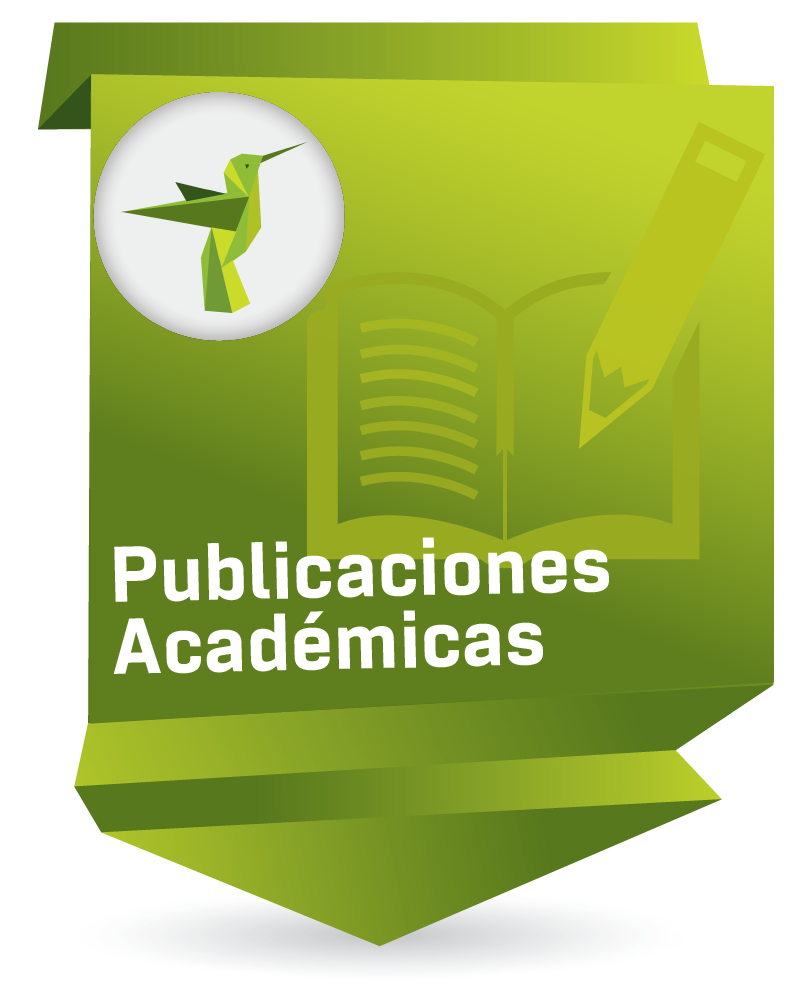CLIL in Pharmacology: Enabling Student Voice
AICLE en farmacología: habilitar la voz del estudiante

Enlaces del Item
URI: http://hdl.handle.net/10818/50847Visitar enlace: https://laclil.unisabana.edu.c ...
ISSN: 2011-6721
DOI: 10.5294/laclil.2020.13.2.7
Compartir
Estadísticas
Ver Estadísticas de usoCatalogación bibliográfica
Mostrar el registro completo del ítemAutor/es
Filice, SerafinaFecha
2021Resumen
Over the past decades, the integration of content and language in education has been gaining ground in different design formats and at various levels of education worldwide. This study describes a pilot project carried out at the School of Pharmacy of an Italian University, using a partial-CLIL format, as this was the only model accepted for experimentation by the School. The terms partial CLIL and adjunct CLIL describe different degrees of integration. Since this was the first trial with students from the Pharmacy program, the main concern was finding out how they would respond to such an “‘innovative” approach. Despite the plethora of literature available on CLIL in higher education, there is a lack of research regarding students’ views on the issue; no consideration seems to be given to the main protagonists who undergo this “novel” approach. Hence, the aim of the study was to seek students’ voice on the experience—their thoughts and feelings. Student perceptions are essential for future didactical applications. A mixed method approach to data collection was employed to give strong validity to the data (direct observation, focus group interview followed by a survey questionnaire). The preliminary findings gathered from the qualitative and quantitative analysis contribute positively to the organization of CLIL courses in higher education. Overall, the results reveal positive student views, but, at the same time, encourage reflections for teachers and stakeholders on how to prepare students for CLIL lessons and on structuring CLIL programs for future implementations.
Ubicación
LACLIL, 13(2), 313–338
















